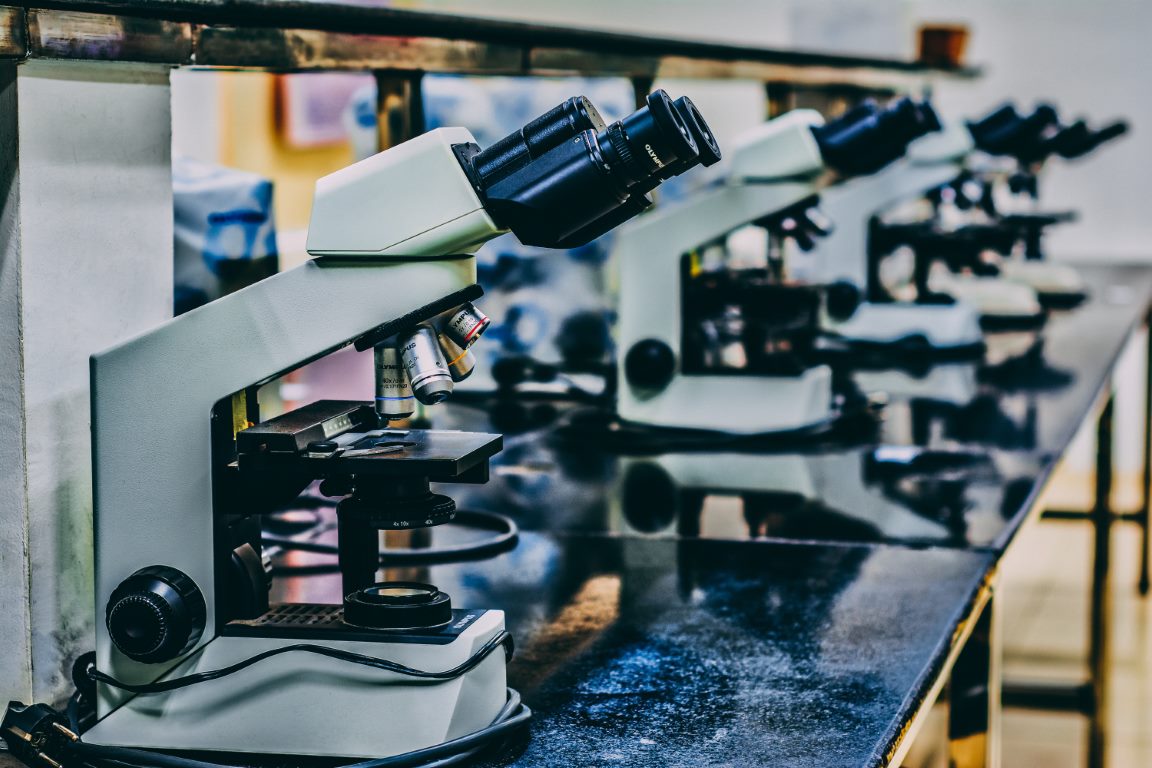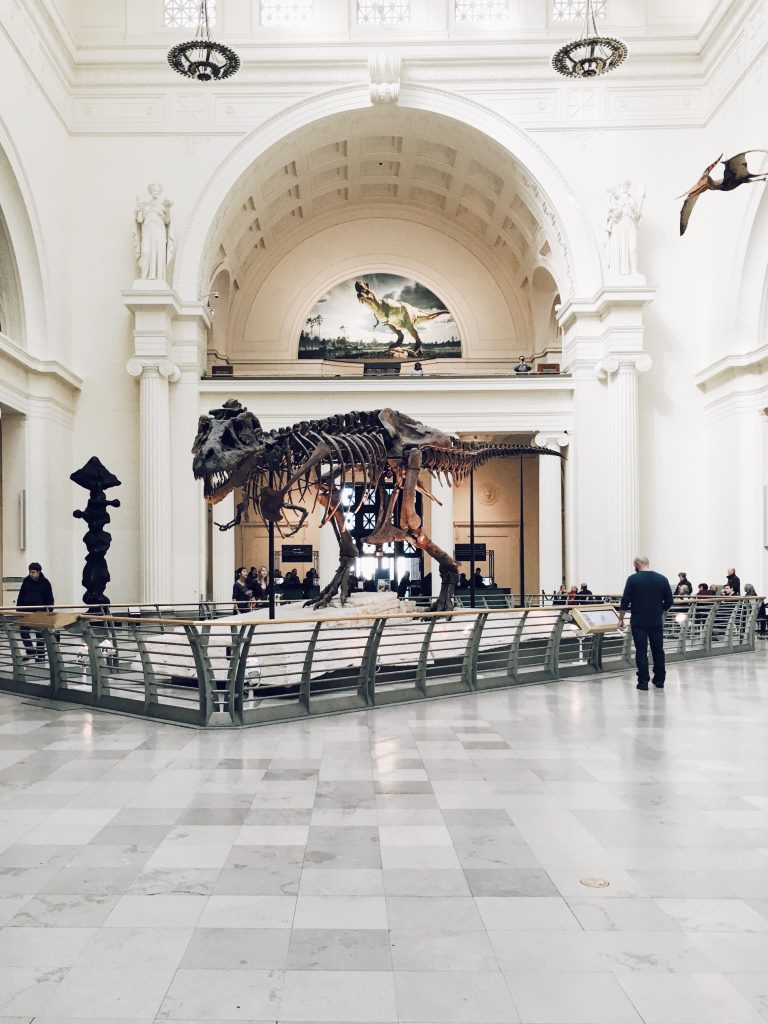How to Plan Your Bergamo Sightseeing Day Trip from Milan
If you are in Milan and interested in exploring the beautiful cities around it, Bergamo should be on top of your list. This ancient city is filled with historic and cultural landmarks, stunning views, and delicious cuisine. In this guide, we will explore how to plan your Bergamo Sightseeing Day Trip from Milan.Experience
With this tour, you will experience the perfect blend of history, culture, and stunning natural beauty. The highlights of this tour include a city sightseeing tour through Bergamo and Brescia, a visit to the historic Old Town dating back to the Medieval Ages, and round-trip transport from Milan.Itinerary
The tour starts in the morning from Milan, where you will be picked up by a comfortable air-conditioned bus. The first stop of the tour is Brescia, the second-largest city in the region. Here you can explore the ancient city and its artistic and architectural heritage monuments that have been declared a world heritage site by UNESCO. In the early afternoon, the tour proceeds towards Bergamo, an ancient city that has been ruled by Celts, Longobards, and Romans over the centuries. The most significant period, however, is the domination of the Venetian Republic in the fifteenth century, which left an indelible mark on the city’s architecture and culture. You will visit the historic Old Town, famous for its Venetian walls, medieval fortress, and cobbled streets. You will have ample time to explore the city, take pictures, and taste some of the traditional Italian cuisine.Full Description
The tour starts at 8:30 AM from Milan, where you will be picked up by a comfortable air-conditioned bus. After a brief introduction by your guide, you will start your journey towards Brescia, which is around 90 kilometers from Milan. Once you arrive in Brescia at around 10:30 AM, you will have a guided sightseeing tour of the city. Brescia has a conspicuous artistic and architectural heritage, and its monuments from the Roman and Longobard periods have been declared a world heritage site by UNESCO. You will see some of the most famous landmarks of the city, such as the Brescia Castle, the Roman Theater, and the Tempio Capitolino. After exploring Brescia, you will continue your journey towards Bergamo, which is just 50 kilometers away. Once you arrive in Bergamo, you will have around three hours to explore the historic Old Town, the Piazza Vecchia, and the Venetian walls. You can walk around the narrow cobblestone streets, enjoy the stunning views from the medieval fortress, and taste some of the delicious Italian cuisine. The tour ends in the late afternoon, and you will be dropped back to Milan.How to Book the Tour
You can book the Bergamo Sightseeing Day Trip from Milan by visiting the following link: Book the tour here. The cost of the tour starts from 79 euros per person, and it includes round-trip transport from Milan, guided sightseeing tours of Brescia and Bergamo, and free time to explore the cities on your own.Book Your Tour Now
The Bergamo Sightseeing Day Trip from Milan is an excellent opportunity to explore the ancient cities in the region and experience the perfect blend of history, culture, and stunning natural beauty. We hope this guide helped you plan your day trip and that you enjoy your time in Bergamo and Brescia.
Frequently Asked Questions About Milan
Milan, the capital of Lombardy region of Italy, is known for its fashion, art, culture, and history. It is a vibrant city that attracts tourists and visitors from all over the world. However, like any other city, it also has its fair share of questions and concerns that people may have when planning a visit. In this FAQ guide, we will address some of the common questions that people ask about Milan.
1. What is Milan known for?
Milan is known for several things:
- Fashion: It is one of the fashion capitals of the world and hosts Fashion Week twice a year.
- Art: Milan is home to several world-renowned museums and art galleries including The Last Supper by Leonardo da Vinci.
- Culture: It has vibrant cultural events and festivals like the Milan International Film Festival and the Milan Jazz Festival.
- History: Milan has a rich history dating back centuries, and it played an essential role in the Renaissance era.
- Gastronomy: Milanese cuisine is known for its risotto, ossobuco, and other delicious Italian dishes.
2. What is the best time of the year to visit Milan?
The best time to visit Milan is from September to November and March to May. During these months, the weather is mild, and there are fewer crowds. The winter months of December to February can be very cold, and summers from June to August can be very hot and humid.
3. What are the top attractions in Milan?
Milan has several top attractions that you can visit:
- The Duomo: The Cathedral is Milan’s most famous landmark and the fourth largest cathedral in the world.
- The Last Supper: This world-famous painting by Leonardo da Vinci can be seen at the Santa Maria delle Grazie.
- Sforza Castle: This medieval fortress and museum house several art collections and exhibitions, including works by Michelangelo and Leonardo da Vinci.
- Teatro alla Scala: This world-famous opera house hosts some of the world’s most prestigious operas.
- Galleria Vittorio Emanuele II: This upscale shopping arcade is one of the world’s oldest shopping malls and a popular tourist attraction.
4. What is the best way to get around Milan?
Milan has a well-developed public transport system that includes buses, trams, underground Metros, and commuter trains. The best way to get around Milan is by using the Metro or hiring a bike. Taxis can be expensive, and walking can be a challenge due to the city’s size.
5. Is it safe to travel to Milan?
Milan is generally considered safe for tourists. However, it is always advisable to take basic precautions like avoiding dark alleys at night, keeping your valuables safe, and being cautious in crowded areas, especially tourist sites.
6. What are some traditional dishes to try in Milan?
If you are a foodie, here are some traditional Milanese dishes to taste:
- Risotto alla Milanese: This creamy risotto made with saffron and parmesan cheese is a must-try.
- Ossobuco: This braised veal shank with gremolata is another traditional Milanese dish.
- Cotoletta alla Milanese: This fried breaded veal cutlet is a classic Milanese dish.
- Panettone: This sweet bread made with raisins and candied orange peel is a popular Milanese dessert.
7. What is the nightlife like in Milan?
Milan is known for its vibrant nightlife, with several bars, clubs, and pubs open until late. Navigli district and Brera district are famous for their bars and nightlife. However, the Italian nightlife often doesn’t start until later in the evening, so keep that in mind when planning your night out in Milan.
8. Can I visit other cities from Milan?
Milan is an excellent base for exploring other cities in northern Italy. You can easily take day trips to cities like Florence, Venice, and Verona. There are also several picturesque towns like Como and Bergamo that you can visit from Milan.
9. What is the currency used in Milan?
The currency used in Milan is the Euro. You can exchange your currency at banks, exchange bureaus, and ATMs, or pay with credit/debit cards in most places around the city.
10. What is the dress code for visiting Milan?
Milan is known for its fashion, so it is advisable to dress stylishly when visiting the city. However, there is no formal dress code, so wear what makes you comfortable. Just keep in mind that Milanese fashion is often understated and elegant.
Book Your Tour Now
Milan is an exciting city that has a lot to offer, from world-renowned museums to vibrant culture and nightlife. Hopefully, this FAQ guide has helped answer any questions or concerns you may have had about visiting Milan.

How to spend your time as a tourist in Milan
Milan, the capital of Lombardy in northern Italy, is one of Europe’s most fashionable and dynamic cities, renowned globally for its design, fashion, and stunning historic sites. It’s known as Italy’s economic hub, and it’s one of the most visited cities on the planet throughout the year. If you’re planning to visit Milan, we recommend giving yourself at least three days to experience the city, here’s a step-by-step guide to enjoying Milan as a tourist.Day 1
Visit the Milan Cathedral (Duomo di Milano)
The Milan Cathedral is an iconic landmark and a must-visit site for anyone travelling to Milan. Take a morning walk up to the cathedral and see the amazing gothic architecture up close. Once you’re at the top of the cathedral, you’ll have a breathtaking view of Milan.Explore The Galleria Vittorio Emanuele II
The Galleria Vittorio Emanuele II is one of the oldest shopping malls in Europe, built in the 1860s. It’s known for hosting world-class fashion brands such as Prada, Gucci, and Louis Vuitton. You will not only enjoy shopping here but also exploring the beautiful interiors of the Gallery.Visit the Teatro alla Scala
The Teatro alla Scala, also known as La Scala, is one of the most famous opera houses worldwide. Here you will have the opportunity to watch some of the world’s best operas and ballet performances. Make sure you book your tickets in advance.Day 2
Visit Sforza Castle and its Museums
Sforza Castle is a must-visit site for anyone travelling to Milan. Inside the castle, there are several museums that host art collections from some of the best artists of all time, including Michelangelo’s last sculpture: the Rondanini Pietà.Explore Brera
Brera is one of the most attractive and historic areas of Milan. It’s known for its artists, galleries and local restaurants. Take a stroll through the charming alleys and narrow streets of Brera, and discover some hidden gems of Milan.Shop at the Navigli Area
The Navigli area is a great place to visit and has a unique charm with its canals and bridges. It’s full of restaurants, cafes, and shops. You will find anything from high-end items to vintage clothing here. Don’t miss the opportunity to visit the flea markets in the area.Day 3
Visit Pinacoteca di Brera
Pinacoteca di Brera is an art museum situated in the Brera district of Milan. Here visitors can appreciate art from the Italian Renaissance to the Modern era. This museum is a must-visit for art lovers.Take a stroll at the Sempione Park
The Sempione Park is a large public park located in the centre of Milan. It’s the largest park in Milan, ideal for taking a stroll, a bike ride or having a picnic.Enjoy Italian Cuisine
You can’t leave Milan without trying its culinary specialities: Milanese risotto, ossobuco, panettone, and other local delicacies. There are plenty of restaurants in Milan that offer traditional Italian dishes, and for those looking for vegan or vegetarian options, there are many options to choose from.Final Thoughts
Milan has a lot to offer, from impressive architecture to world-class museums, shopping and cuisine. The city’s rich culture and heritage make it a must-visit destination for anyone travelling to Italy or Europe. The guide above will give you an idea of what to do in Milan if you have limited time, but there’s so much more to explore. We encourage visitors to Milan to immerse themselves in the city’s culture and enjoy all it has to offer.Table of Contents

